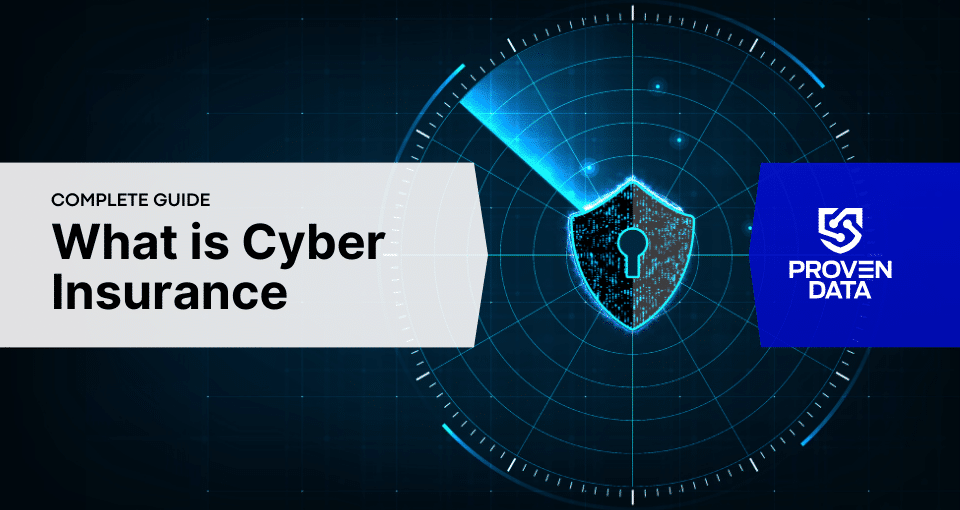With cyber threats constantly evolving (the global average cost of a data breach in 2023 was USD 4.45 million), individuals and organizations seek proactive solutions to protect themselves from financial losses. Cyber insurance offers a layer of security, but a successful claim hinges on clear communication with the insurance provider after a cyber incident. Understanding the cyber insurance claim process beforehand empowers victims to react quickly and efficiently to recover covered losses.
The cyber insurance claim process is designed to help individuals and organizations mitigate the financial and reputational risks associated with cyber incidents by providing financial assistance and support in responding to and recovering from such events.
You should make a cyber insurance claim as soon as a covered cyber incident occurs. It can be a data breach, ransomware attack, or other cyberattack that results in financial losses, business interruption, or other damages. Promptly notifying your insurance provider allows for timely assessment and processing of the claim, helping you to receive the necessary support and compensation to address the cyber incident effectively.
What is Cyber Insurance
Cyber insurance is a specific policy designed to protect companies from the financial fallout of cyber attacks. From data breaches that expose customer information to ransomware attacks that compromise operations, cyber insurance can help businesses shoulder the burden of recovery. It can cover costs like forensic investigations to identify the breach, credit monitoring services for affected customers, and even public relations assistance to rebuild trust.
Cyber insurance claim process steps
To claim cyber insurance, the insured organization should promptly notify their insurer or broker about the cyber event, provide necessary documentation, and work with defense counsel, broker claims assistance, and the insurer’s claim team throughout the process.
Communication between the insured and the insurer is essential throughout the claim process. Open and transparent communication helps facilitate the timely resolution of the claim and ensures that the insured receives the support and assistance they need to address the cyber incident effectively.
Follow these steps when filing a cyber insurance claim:
1. Incident notification
Notify your insurance provider or broker about the cyber incident immediately after the incident is discovered. Provide essential details such as when it occurred, how it was discovered, and the potential impact.
2. Documentation
Gather and provide documentation related to the cyber event, including forensic reports, incident reports, communication logs, and any other relevant digital evidence.
How does a forensic report help with cyber insurance claims?
A forensic report helps with cyber insurance claims by providing detailed analysis and preserving evidence of the cyber incident, including how the breach occurred, what data was compromised, and the extent of the damage.
Contact Proven Data experts to get a digital forensic report after a cyber attack.
3. Claim the insurance
Submit the claim to your insurance provider along with the necessary documentation, as described in step 2. The insurer may provide additional instructions on how to submit the claim and what information is required. Always check your insurance policy before submitting the claim to prevent errors that may deter your claim from being approved.
4. Assessment and investigation
The insurance company will process the claim and usually conduct its own investigation of the cause and extent of the cyber incident and the coverage under the policy.
5. Settlement
If the claim is approved, both parties must agree on the settlement terms, and then the insurer will provide compensation for covered losses or expenses. Coverage may include costs for forensic investigations, legal fees, notification expenses, and other related expenses.
6. Risk mitigation
After the claim is settled, the insurer may provide additional services or support to help the insured recover from the cyber incident and mitigate future risks.
The insurance company may include recommendations for improving cybersecurity measures, assistance with risk management, or access to resources for incident response planning.
Pro tip: Hire a vulnerability assessment team to test your systems and network and prevent new cyber attacks.
Who should have cyber insurance?
Individuals or organizations that rely on technology to store sensitive data, conduct business transactions online, or face potential cyber threats should consider having cyber insurance.
What does cyber insurance cover?
Cyber insurance typically covers various aspects such as data loss, notification expenses, regulatory investigation expenses, public relations, business interruption, content liability, and data loss during transit.
What cyber insurance does not cover?
Cyber insurance typically does not cover certain aspects such as intentional cyber incidents, pre-existing vulnerabilities, fraudulent activities by insiders, or losses due to unapproved vendors or activities without insurer consent.







